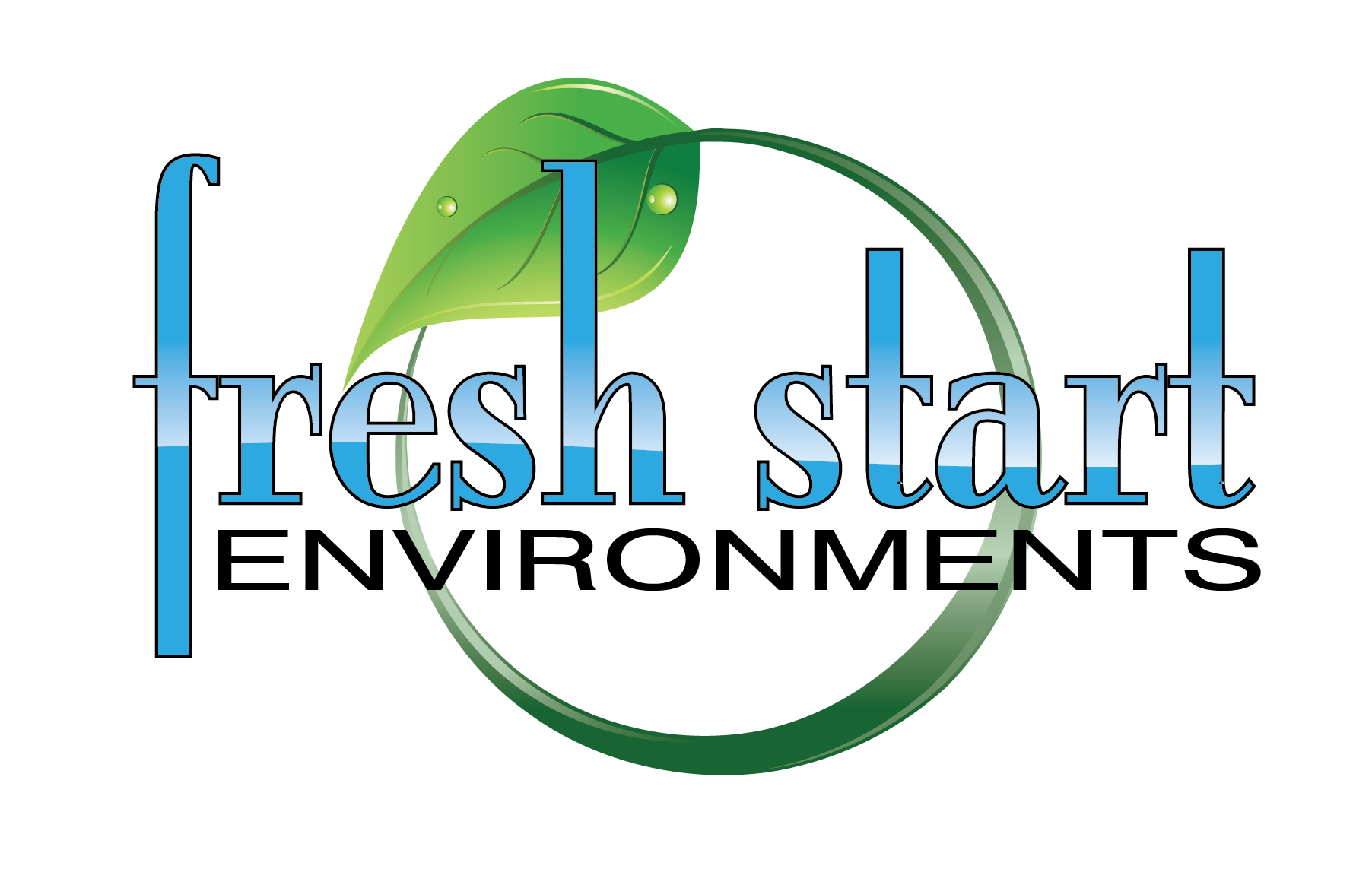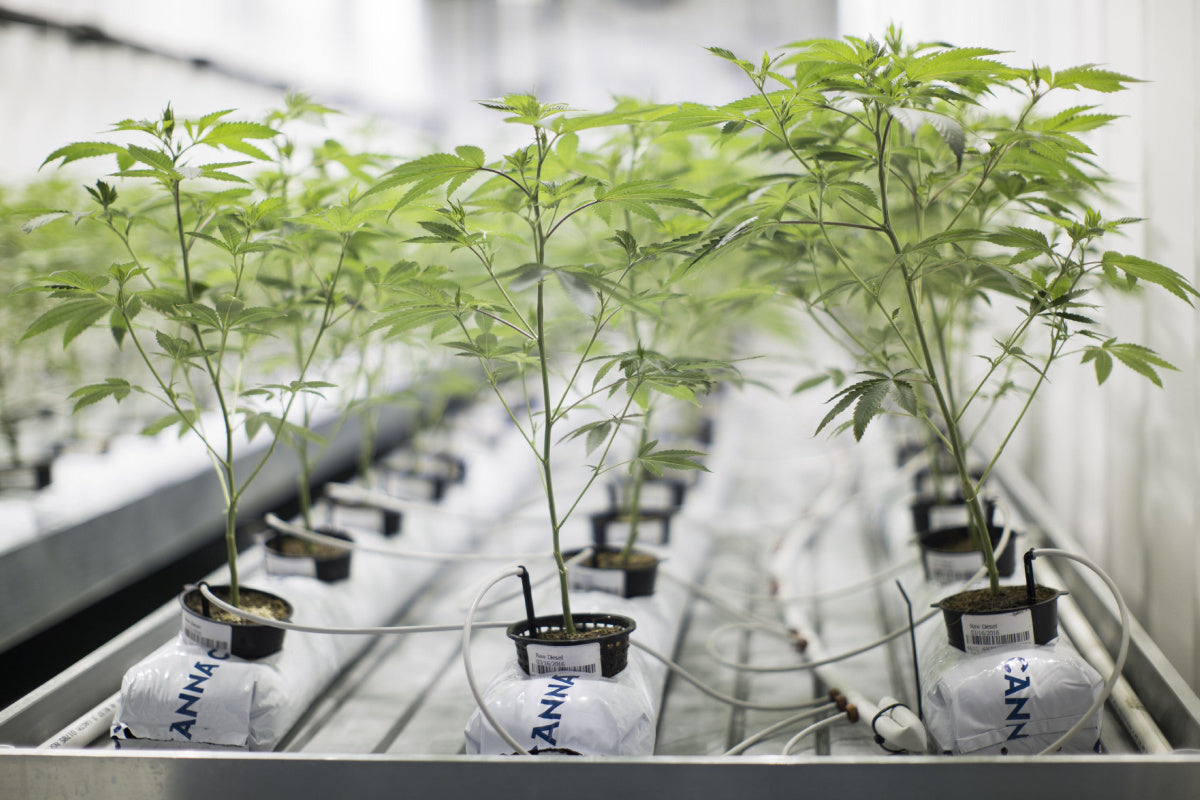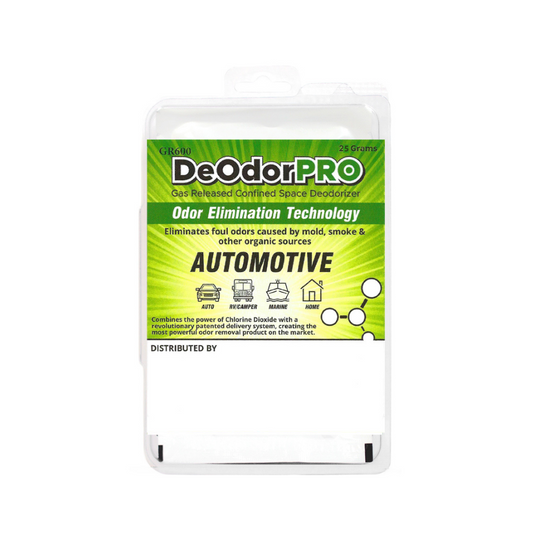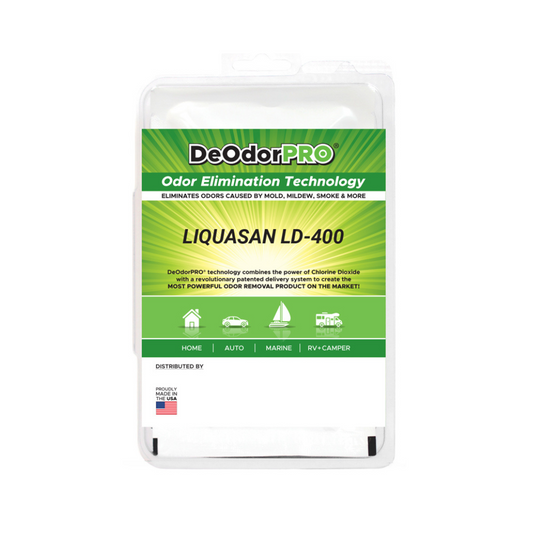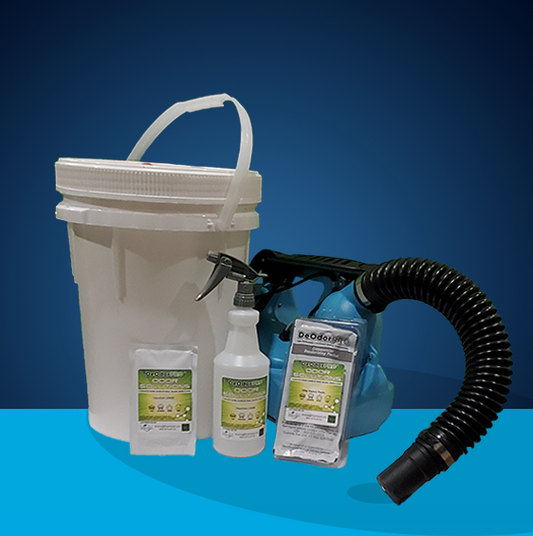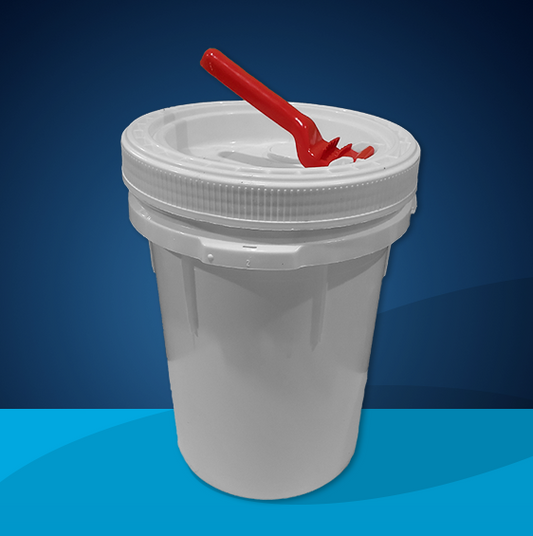Hydroponics
Using Selectrocide Health Canada approved liquid Clo2:
- Eliminate Biofilms and Pathogens in Water Lines
- Stop Powdery Mildew
- Provide Ongoing Sanitization
- Keep Your Growing Environment Clean
It is Completely Environmentally Friendly
The benefits of Selectrocide (Clo2) with regard to vegetables, other edible crop and cannabis sanitation is that because of its gaseous nature, any molecules not consumed in surface sanitation escape to the air Thus eliminating the need to rinse the product with water to remove any residual chemical.
Every grower strives to deliver the highest quality products to their customer. Fresh Start® Environments Selectrocide products and solutions can help eliminate bacteria, mold, and spoilage microbes to make your products the best they can be.
Mold, bacteria, and other pathogens can be your worst enemy when you are growing ornamental plants, cannabis, or food. Spoilage microbes can cause food to rot extremely quickly, leading to huge losses of profit and large amounts of waste.
Pathogenic bacteria or viruses in the growing environment can cause sickness in plants. A failed microbial analysis can cause the loss of part of or even a whole crop. Ornamental plant diseases can destroy your beautiful flowers.
Using Selectrocide CLO2 to disinfect and sanitize will save you money.
Related items
-
DeOdorPro Gas Release Kits
Regular price From $38.95 CADRegular priceUnit price per -
DeOdorPro Multi-Purpose LiquaSan - Chlorine Dioxide Liquid Deodorizer
Regular price From $38.95 CADRegular priceUnit price per -
Commercial Deodorizing Starter Kit with Fogger
Regular price From $745.95 CADRegular priceUnit price per$700.00 CADSale price From $745.95 CAD -
5 gallon white commercial grade pail
Regular price $38.00 CADRegular priceUnit price per
DOSE A TRON Selectrocide Dispenser System
FAQ for using Chlorine Dioxide in Hydroponic Applications
What is the benefit of using Chlorine Dioxide in water lines?
Chlorine Dioxide can solve sanitation issues related to water treament and the elimination of biofilm and algae control.
What is the benefits of Chlorine Dioxde with regards to vegetables and other edible cops?
CLO2 is a gaseous nature, any molecules not consumed in surface sanitation escape to the air Thus eliminating the need to rinse the product with water to remove any residual chemical.
is Chlorine Dioxide a good sanitzing agent?
Chlorine dioxide is widely viewed as one of, if not the most effective, sanitizing agents created by man.
In horticulture it is injected via its liquid state into irrigation lines.
One property of chlorine dioxide that provides a large part of its potential is it is a gas that is very soluble in water. This stock solution is then injected into irrigation systems to a final, hose-end concentration below 1.0 ppm that results in excellent water sanitation.
What are the benefits of Chlorine Dioxide in post harvest sanitization?
Freshly harvested produce is passed through a field-level hydro-cooler. Chilled water removes field heat, rinses soil and debris and also provides initial surface sanitizing of produce on its way to a packing shed. The water in this system is treated with chlorine dioxide. Once the potatoes & tomatoes are harvested, they are dumped into an underground water network that floats them to the grading and packing area.
They are then transferred to a water bath containing chlorine dioxide for surface sanitation.
Once cleaned, graded and packed they are received in a packing area via an underground water system and are raised into a chlorine dioxide solution as they float through the sanitizing and cleaning process.
Because of chlorine dioxide's gaseous nature, any molecules not consumed in surface sanitation escape to the air and eliminate the need to rinse the product with water to remove any residual chemical. This avoids the issue of ensuring that rinse water, in itself, is free of microbial organisms and not re-contaminating the product.
Can chlorine dioxide improve drip emitter performance?
Some operations have year-round production and an irrigation system that captures runoff in a surface pond for reuse so clogging of drip emitters due to biofilm accumulation is a major problem.
Constant inspection of drip lines and replacement of clogged emitters can be a full-time responsibility for one employee. Chlorine dioxide treatment can eliminate the problem with minimal attention being required to maintain the drip lines.
